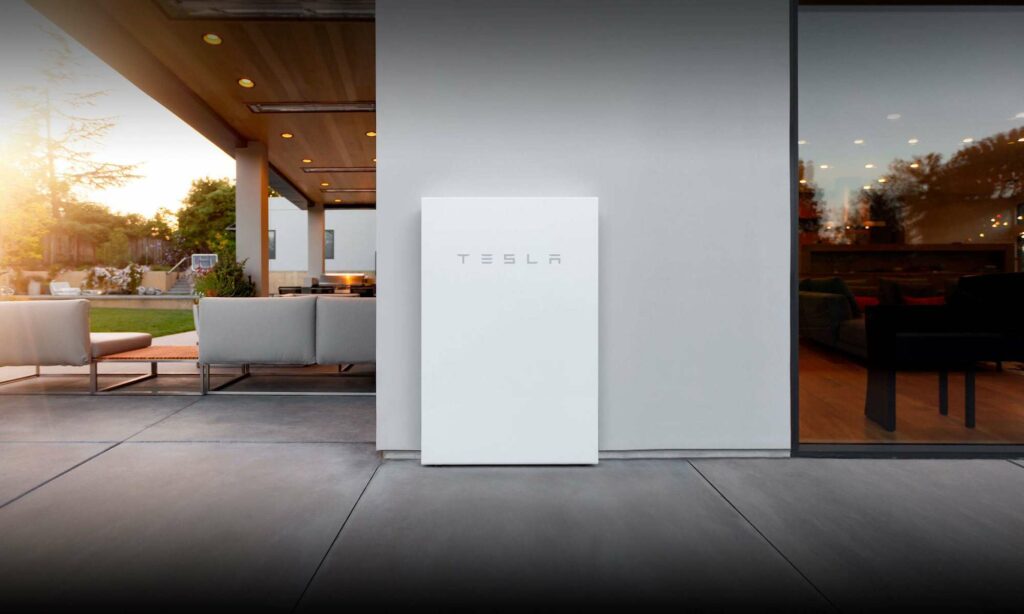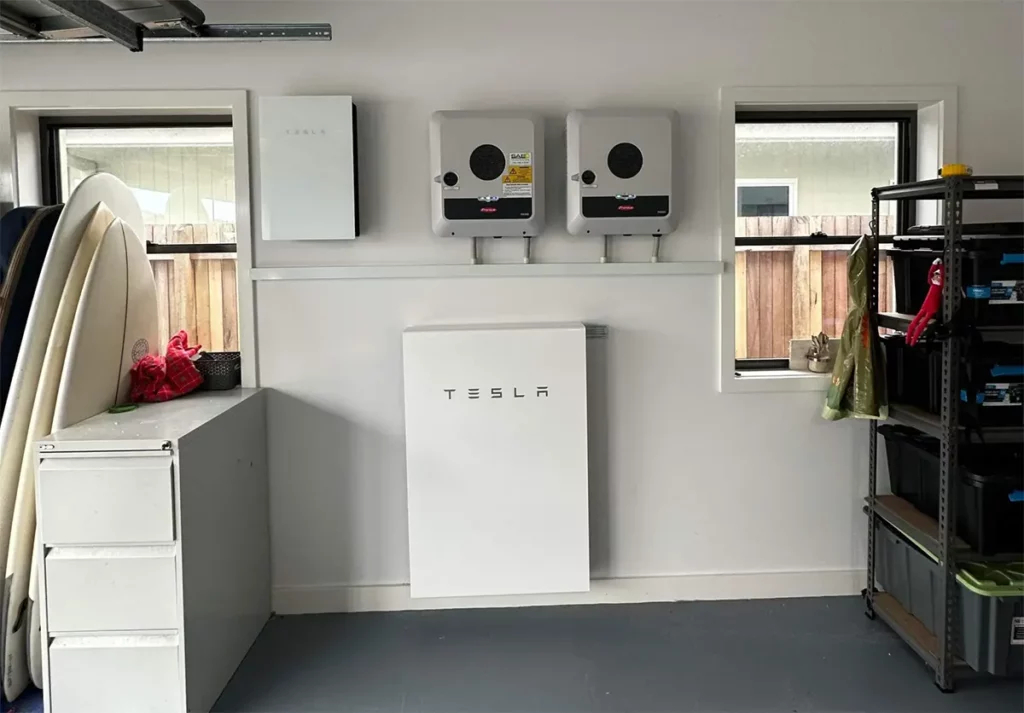Why you’re better off upgrading to a newer, bigger system
Home » Why you’re better off upgrading to a newer, bigger system

Whether your legacy feed-in-tariff (FiT) is still in play or not, there are several reasons why now is the right time to upgrade your existing solar power system. Before we get too far ahead of ourselves, yes, an upgrade would potentially mean forfeiting your current FiT. BUT, for good reason – keep reading.
Aside from the obvious advances in solar technology over the years (some key ones being the improved technology of products which now accompany bigger and better warranties, larger system capabilities, the affordability and ROI of batteries) upgrading your solar system to a bigger and/or newer one could see you saving a lot more… even if you do relinquish your legacy tariff for a smaller one!

Upgrade your solar system
The need for an upgrade inevitably leads to the question “what size solar system do I need?” Well, that ultimately depends on your needs and how much you want to maximise your energy savings. In order to give you a better understanding of the possibilities when it comes to feed-in-tariffs and system sizes, we’ve put together a bit of a break down to highlight how much energy solar systems of various sizes typically generate and the associated savings (namely – what this means for your back pocket and whether you should be looking into an upgrade or not).
The growth of systems over the years
For instance, if you purchased a solar system for your home 10+ years ago, it’s likely you’re running a relatively small system. In 2012 the most popular system sizes for residential installations were between the 1.5kW – 3kW mark. Whereas in 2023 our most common residential installs are between 6.6kW – 10kW. It’s mind blowing to think how many more kW’s are being installed these days, and we have no doubt this is only going to continue increasing over time.
But what does this mean for you and your current system?
Based on the BOM’s average of 4.8 sunlight hours and an average of 25kWh of electricity consumption per day, if your 1.5kW system is operating at full capacity (which is unlikely after 10+ years, as with anything, performance declines with age), you will be producing approximately 5.8kWh of solar power daily. Now let’s say you self-consumed 40% of this electricity; based on an electricity rate of $0.22 per kWh this would reduce your energy bill by $1.40 daily, or $511 annually. However, you wouldn’t have generated any excess solar power to be exported back to the grid (if you have, it’s likely very minimal), alas, your legacy tariff is somewhat redundant.
Comparatively, when you upgrade your solar to a 10kW system, you would be generating a whopping 38.7kWh daily, reducing your electricity bill by $2.42 every day or $883 annually. Plus, the value of the power you export back to the grid every day which would be approximately $2.58, or $941 annually. Combine your energy bill reduction and FiT payment and you could be saving $1,824 year-on-year. The difference in savings between the smaller system and the larger one puts just over $1,300 in your back pocket every year.
Although upgrading your solar system comes at a cost, with the savings you would make alone from the upgrade in system size your payback period would be roughly 4.8 years, and from there on out it’s just straight up savings! If this interests you, get in touch with us today to discuss your best options.
A quick analysis comparing the output of a 1.5kW vs. a 10kW system
| System Size | 1.5kW | 10kW |
| Electricity Rate ($/kWh) | $0.22 | |
| FiT Rate ($/kWh) | $0.44 | $0.09 |
| Day Time Electricity Consumption (%) | 40% | 40% |
| Average Daily Consumption (kWh) | 25kWh | 25kWh |
| Solar Power Produced Daily (kWh) | 5.8 | 38.7 |
| Daily Energy Bill Reduction ($) | $1.40 | $2.42 |
| Daily Solar Exported to the Grid (FiT $) | $0 | $2.58 |
| Annual Savings ($) | $511 | $1,825 |
Please note: these numbers are approximate and should be used as a guide only. Factors such as electricity retailer rates, system performance and individual consumption habits will impact this data.







